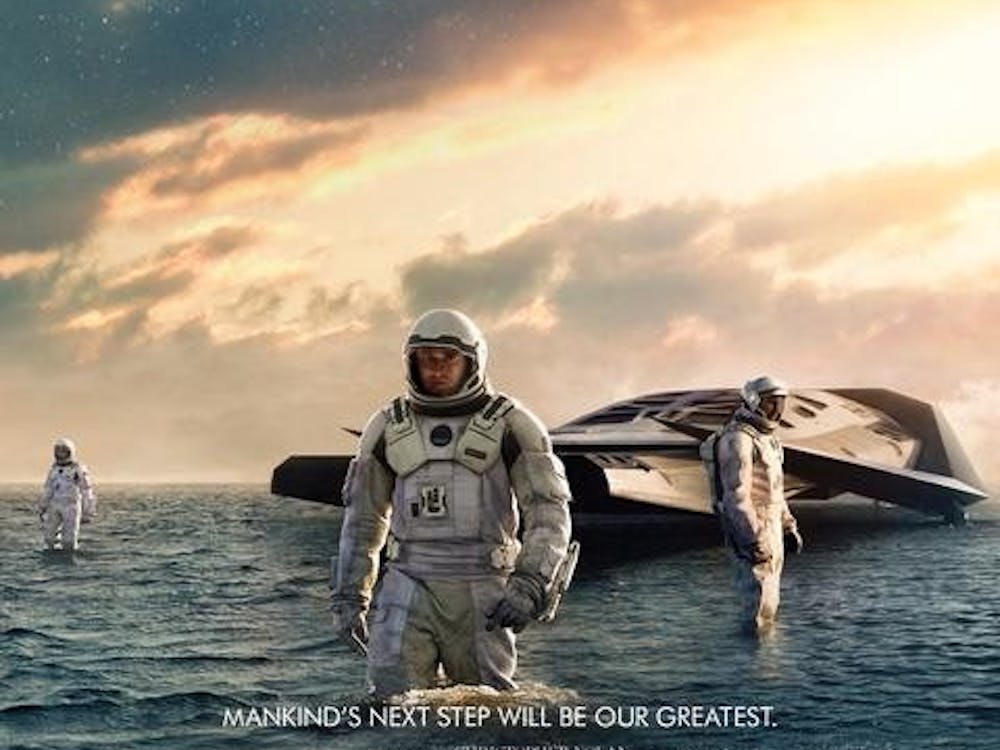The latest album from Sufjan Stevens, Age of Adz, marks his first song-based, full-length LP in five years. And in accordance with Stevens' constantly evolving style, this album follows a very different musical pathway than previous iterations. The familiar banjo-slinging, acoustic version of Sufjan Stevens is mostly subdued on this record, replaced by a brighter electronic sound that soars on nearly every track. But the frequent "bleep-bloops" throughout the majority of the songs do not take away from the overall sense of calm that runs through Stevens' music. His cool, wispy voice manages to assuage the electronic sounds and create something uniquely experimental.
The first track, "Futile Devices," gently eases listeners into the feel of the album by starting off with the simple acoustic sounds of guitar and piano reminiscent of Gary Jules' "Mad World." The electronic sounds are not fully introduced until a later track, "I Walked," which hits heavier with a variety of synthesized background beats.
Although the sounds of this album might be varied, thematically the tracks share much in common. Stevens uses album art, which is often overlooked these days, to unify the album. According to Stevens' record label, Asthmatic Kitty, the title and artwork reference the late Royal Robertson, a "black Louisiana-based sign-maker (and self-proclaimed prophet) who suffered from schizophrenia, and whose work depicts the artist's vivid dreams and visions of space aliens, futuristic automobiles, eccentric monsters, and signs of the Last Judgment." The lyrics of Age of Adz certainly delve into these apocalyptic ideas with songs like "Vesuvius," during which Stevens discusses the destructive force of the infamous volcano and his identification with its power. The messages of both artists - musician and painter - seem to overlap throughout the album. Other songs such as, "I Want to be Well," explore the chaotic mind of a suicidal person with stunning candor.
At 85 minutes long, the album has ample time to explore a variety of different concepts, both musically and lyrically, and the culminating final track, "Impossible Soul," brings many of these concepts together in a meaningful way. For the last 25 minutes, Sufjan guides the listener through a world of surrealism that flows through periods of darkness and moments of bliss only to end as sweetly as it began.
While listening to this album, I realized that Stevens' music truly deserves to be experienced live. Although there is a high level of production in this music, the sincerity with which Sufjan Stevens writes and sings his songs leads me to believe that seeing him in concert would be especially worthwhile. Luckily, Stevens will be performing at The National in Richmond, Va. Tuesday Nov. 9 - it is sure to be a great show.






